Golden Meaning: Fifty-five graphic experiments
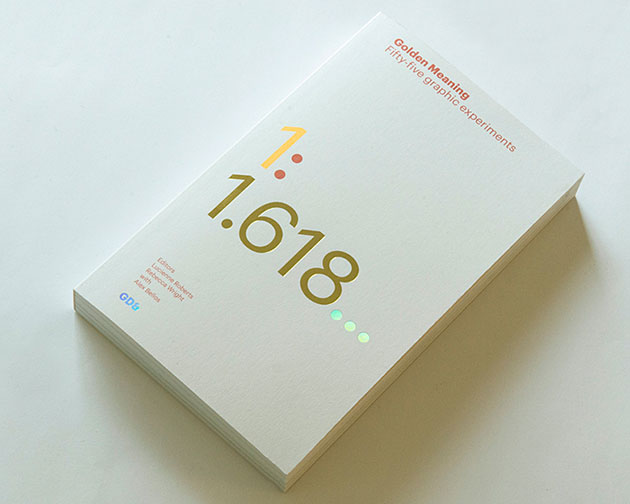
The good folks over at GraphicDesign& sent us a copy of their fine new book Golden Meaning: Fifty-five graphic experiments.
It's almost two years since their first book, Page 1: Great Expectations, explored the world of literature via the first page of Dickens' Great Expectations. Where that book was mainly typographic in its explorations, this one principally illustrative, looking at the relationship of the Golden ratio to graphic design. We particularly liked the wonderful illustration by Malika Favre:
'I decided to approach the brief as I remember approaching mathematical exercises in high school, setting strict constraints and rules before moving on to the more instinctive part of the process. As a starting point, I constructed a golden ratio grid within the double page spread without thinking about what I wanted to draw or how I would draw it. Once the grid was finished, I looked at what the lines were showing and saw a silhouette emerging. I started drawing shapes and lines as an overlay, using the lines and angles of the grid as a loose guide but relying on my instinct to create what became a woman walking by.'
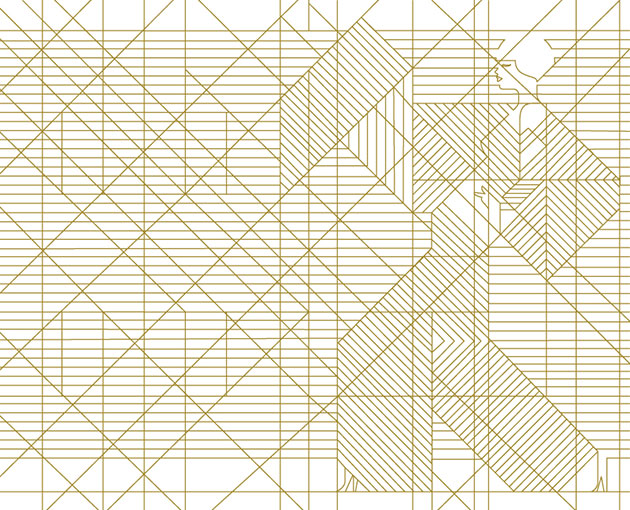
Grid and overlay above, finished illustration below.
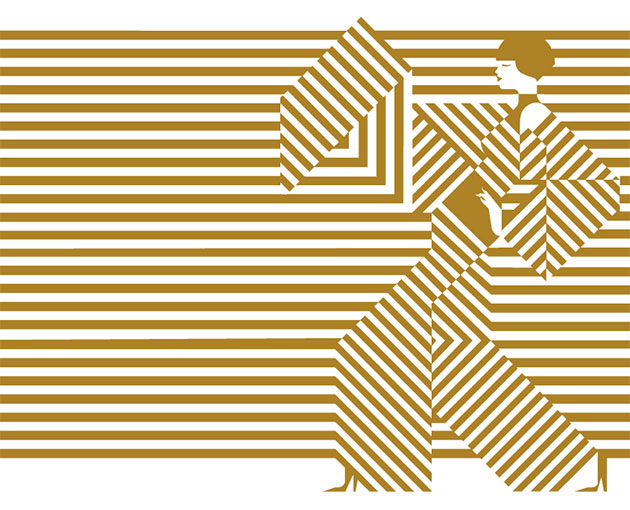
Other contributors include:
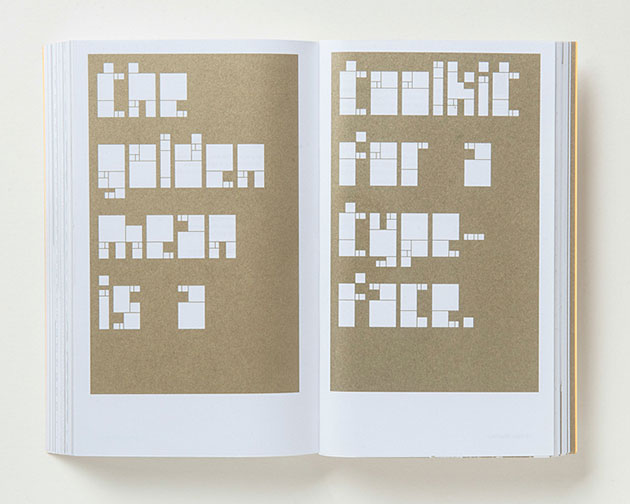
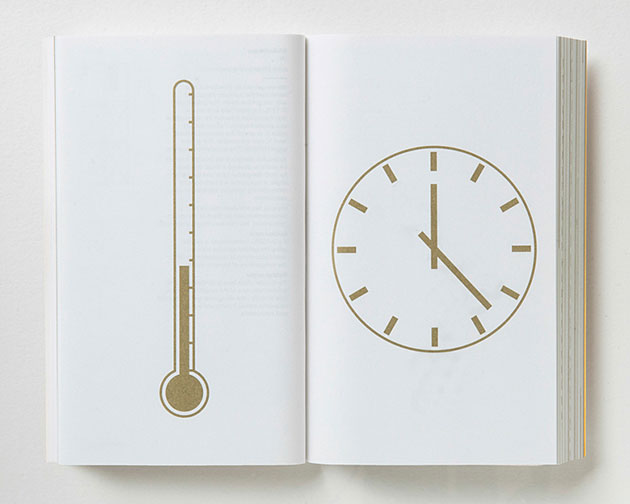
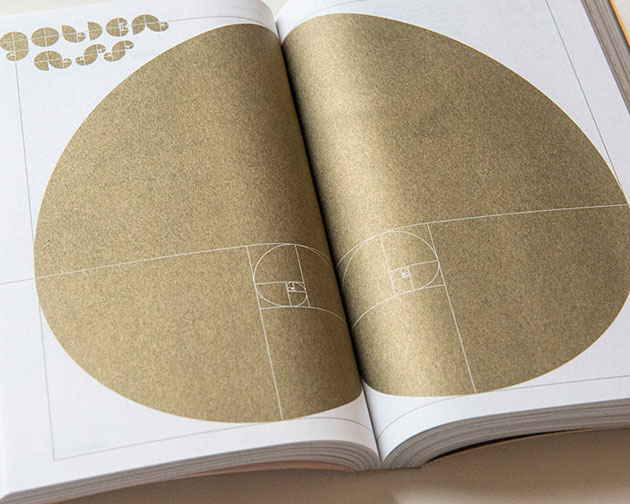
Jerzy Skakun and Joanna Górska at Homework
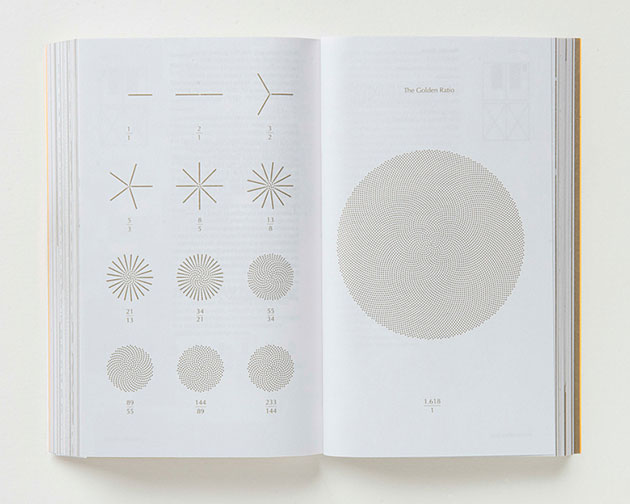
Matt Rice and Christoph Lorenzi at Sennep (play with their design over here - it's fun).
It's a lovely book, very much sitting on the 'book as object' shelf thanks to a lovely format, foil-blocked cover, and the use of a single spot colour throughout (gold, of course). There's a slight whiff of the degree show catalogue about it, because of its repetitive portfolio format (each contributor gets an introductory page, then one or two spreads), but with students of this calibre, who's complaining?
Two more books are already in the pipeline (Religion: Looking good, and Social Science: Graphic designers surveyed), and they should build into a solid collection.
We'd really like to see a book that pulls together creative teams of Designers & Others, where designers are teamed up with philosophers, musicians, biologists, teachers, doctors, dramaturgs and others. That might start some really interesting conversations...